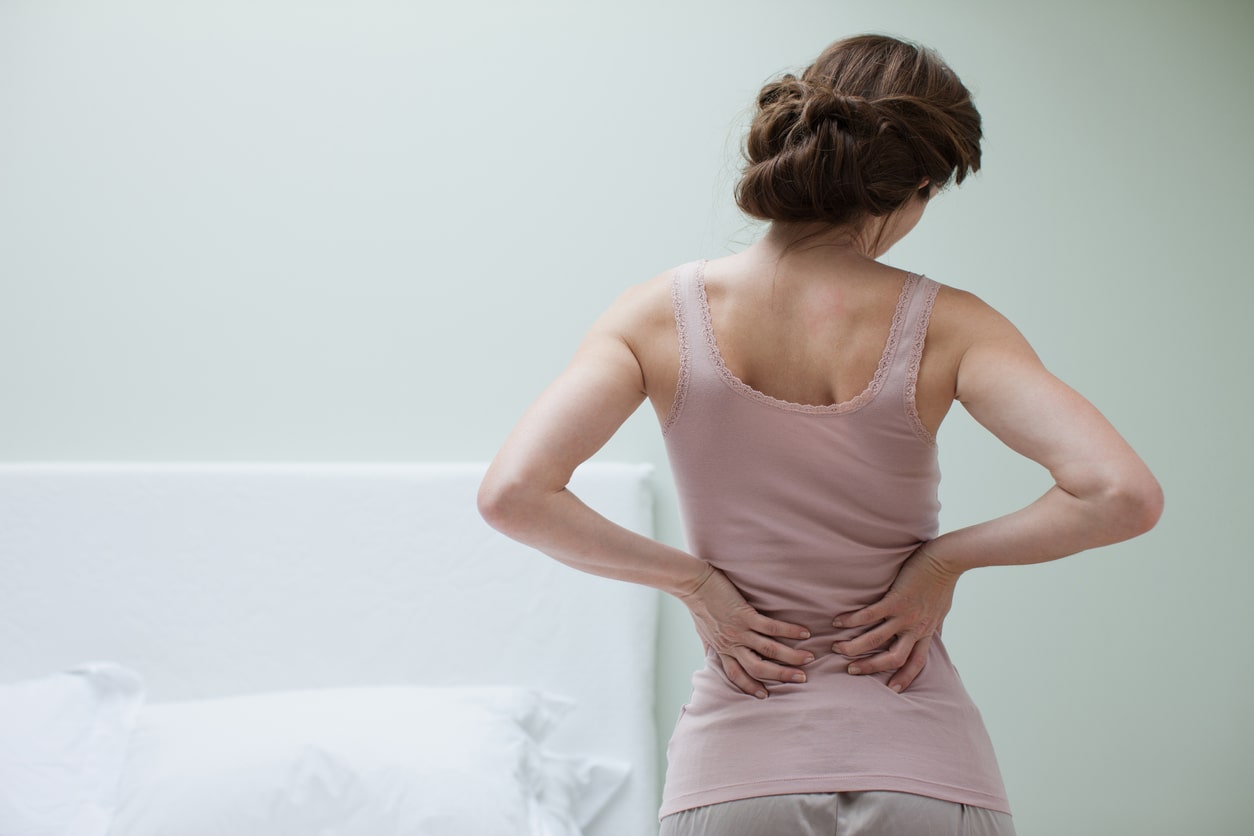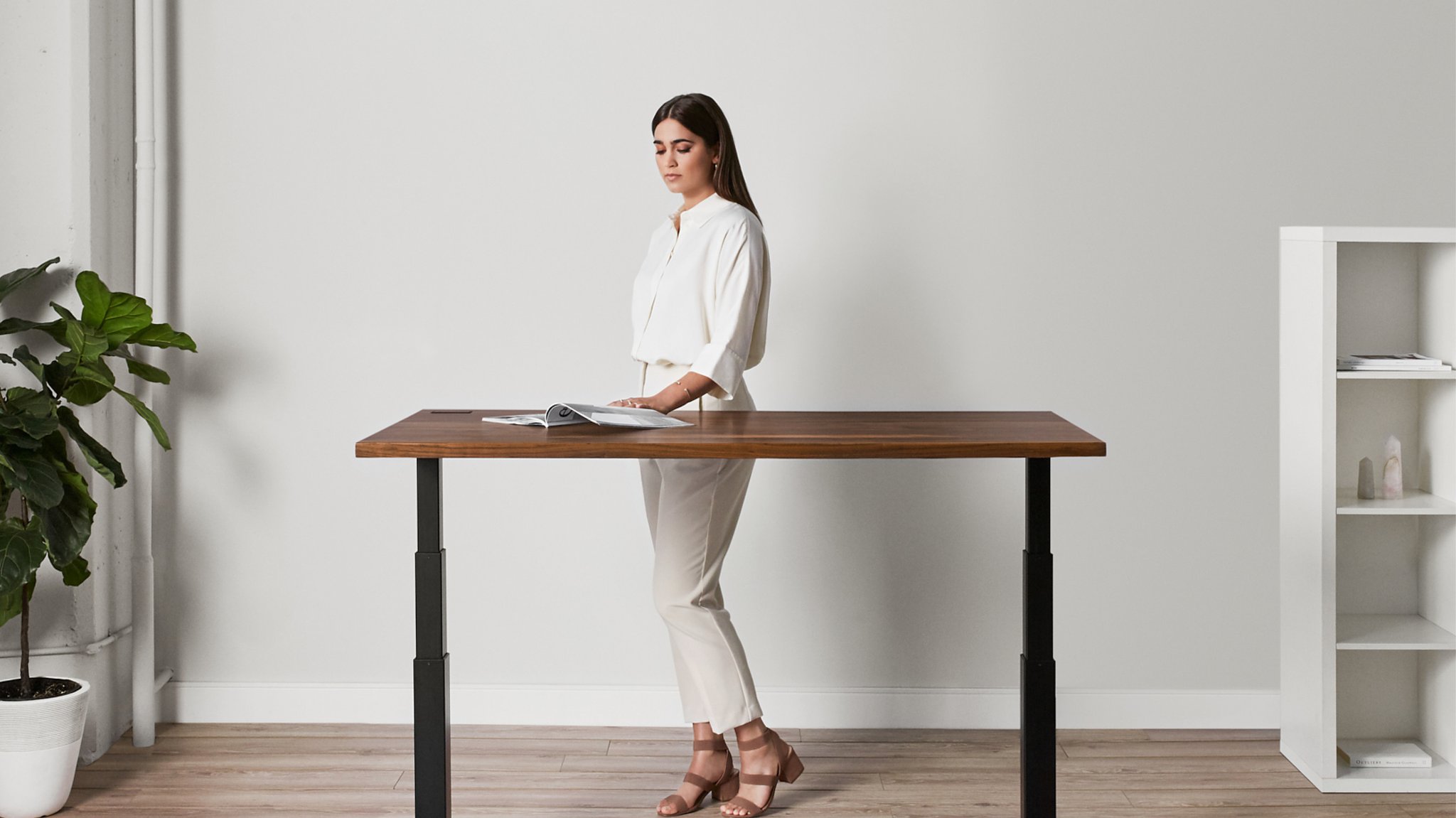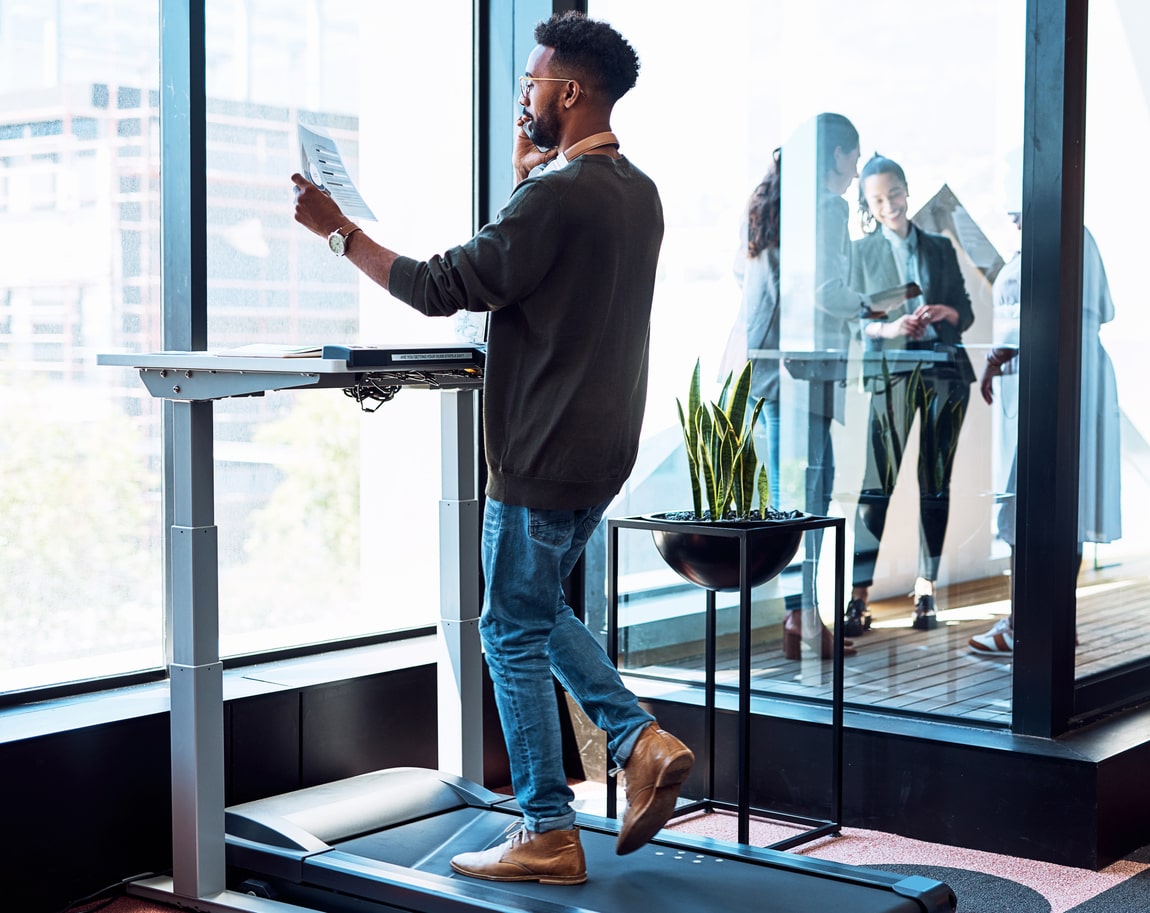
We are shining a light on the silent majority (80% of the population in their lifetimes) who suffer back pain. These people will tell their stories on how they diagnose, treat and live with backs that don’t always do what they should.
Nick (underneath) standing strong!
1. When (how long ago) did you first have back pain?
January 2010.
2. How did your back pain start?
I was playing tennis and went to pick a tennis ball off the ground and felt some pain in my back. It subsided, then a few days I went for a run and could not walk at the end of the run. When getting diagnosed with a bulging disk in my lower back, it had been affected by the fact only days before the first injury I had flow from the UK to Australia.
3. What sort of back pain do you get? (describe it as best you can)
Dull, continuous pain at the bottom of my back, particularly on the two muscles that run parallel to the spine at the bottom of my back next to the bulging disc.
4. For the couple of months after you started getting back pain (if you’ve had it this long or longer), how did you deal with the pain?
I started taking anti-inflammatory medicine and painkillers to dull the pain and free myself up. I also pulled back on the sport that I thought was causing the pain and increased the number of stretches.
Following medical advice I also reduced sitting as much as possible at work and when home I opted to lie on the ground whilst watching tv rather than sit on the couch.
5. How has your management of the pain changed from then until now?
I have tried everything from massage, physiotherapy, anti-inflammatory tablets, swimming, stretching and minimizing the amount I sit. They all help in some way.
6. What is most effective for you?
Minimizing the amount I sit. In my job there is always sitting required, however I manage my back issues by standing whenever I have some reading to do, stretching my glutes, hamstrings, groin and quads each morning and evening.
7. If you use standing as a pain minimizing strategy, how have you incorporated it into your daily routine?
I stand as much as I can at work. 70% of the day I am desk bound in front of a computer, however whenever I have anything to read, I take the opportunity to stand whilst reading it.
The Ultimate Activity For Lower Back Pain
Yoga
Common back pain associated with sitting at a desk for long periods of time is likely a result of three factors: poor posture, tight muscles, and weak muscles. Yoga poses can be easily adapted in a modern context to balance out these factors. The greatest part is that your desk actually works as the ultimate Yoga prop – not only can you do a range of stretches at your desk, but your desk can help you stretch more effectively!”




